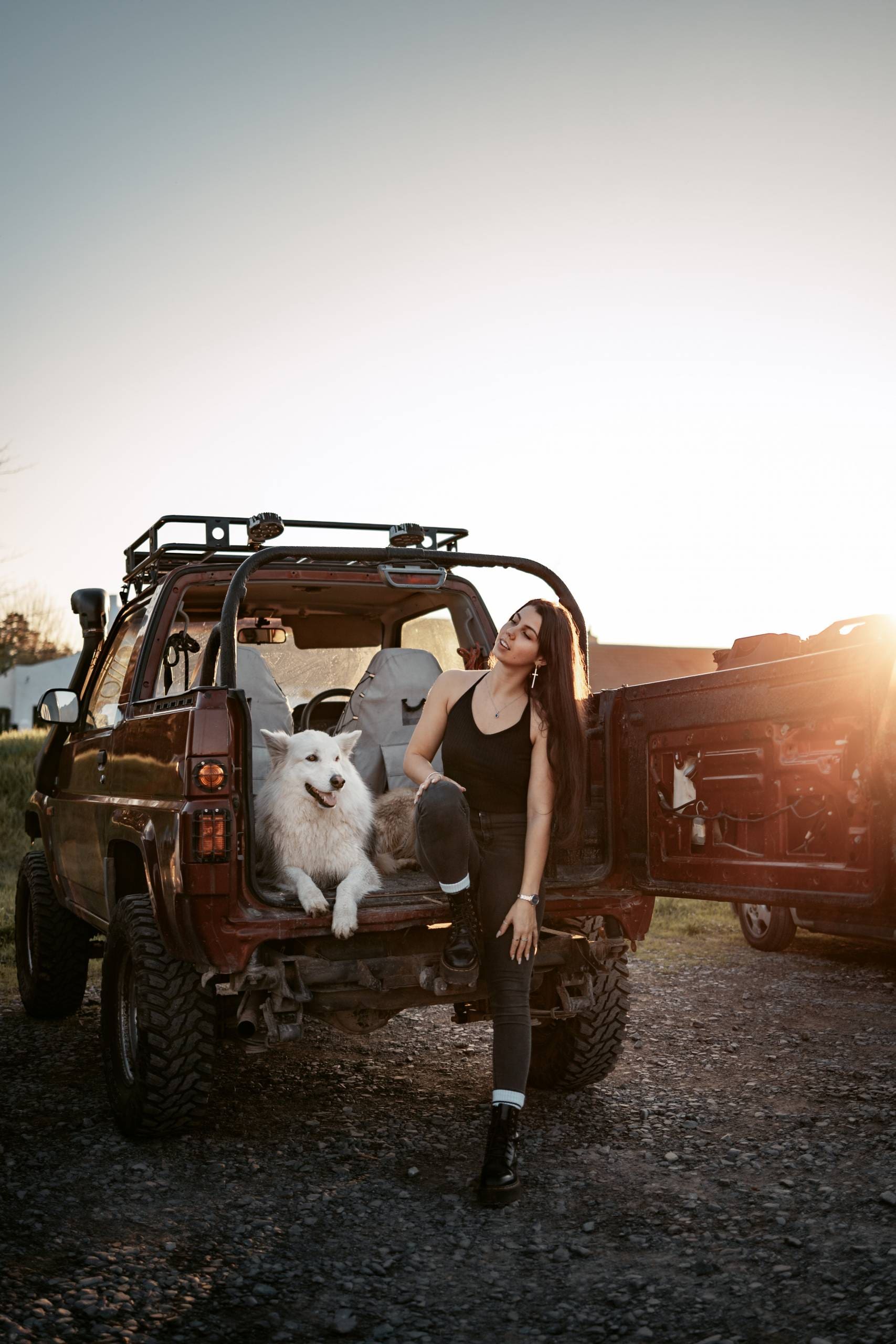Bringing a cat and a dog into the same home can lead to a fulfilling companionship, but it often comes with challenges. Many pet owners aspire for a harmonious environment where both animals coexist peacefully. Achieving this ideal requires patience, knowledge, and strategic planning.
Understanding Their Differences
Cats and dogs have distinct social structures and ways of communicating. Dogs are pack animals that thrive on hierarchy, while cats tend to be more independent and territorial. Recognizing these differences is crucial in fostering a positive relationship.
Preparing for Their Meeting
When adding a cat to a home with a dog, or vice versa, careful preparation is essential. Begin by training your dog with basic commands such as “sit,” “stay,” and “leave it.” A well-trained dog is less likely to perceive the cat as a toy or prey, minimizing the risk of aggressive behavior.
Creating a safe space for the cat is also vital. This sanctuary should be off-limits to the dog, providing the cat with a retreat if it feels threatened. Vertical spaces like shelves or cat trees allow the cat to observe the surroundings from a safe height, helping it acclimate to the dog’s presence without direct confrontation.
Initial Meetings
During the first meeting, ensure a controlled environment. Use a baby gate or keep the dog on a leash. This precaution prevents sudden movements that could scare the cat or provoke a reaction from the dog. Allow the cat to approach at its own pace; never force the interaction, as this can lead to negative experiences for both animals.
Monitor their body language closely. Signs of stress in a dog may include barking, lunging, or a stiff posture. For cats, watch for flattened ears, hissing, or attempts to escape. If either animal shows signs of distress, separate them and allow time to calm down before attempting another meeting. Patience is essential, as each animal has its own unique personality and may need varying amounts of time to adjust.
Reinforcing Positive Behavior
Encouraging positive interactions is key to building a bond. Reward both pets for calm behavior in each other’s presence with treats, praise, and playtime. This reinforcement helps them associate each other with positive experiences, making future encounters less stressful.
Establishing a routine can also aid in the acclimatization process. Animals thrive on predictability, so maintaining a consistent schedule for feeding, walks, and playtime can help both pets feel secure. During this adjustment period, keep their spaces separate but allow for supervised interactions, gradually increasing the time spent together as they become more comfortable.
Engaging in scent swapping is another effective strategy. Allow your dog to sniff the cat’s bedding and vice versa, helping them become familiar with each other’s scent and promoting acceptance before they meet face-to-face.
Seeking Professional Help
Sometimes, despite best efforts, a dog and cat may not get along. Certain dog breeds have higher prey drives and may be more inclined to chase or harm a cat. In cases of persistent aggression, consulting a professional animal behaviorist can provide tailored strategies to manage the situation effectively.
Ongoing Supervision and Attention
Creating a peaceful home environment requires continuous effort. Always supervise interactions, especially during initial stages. Even after both pets seem to be getting along, keep a close watch on their behavior, as dynamics can shift based on stress or health issues.
Providing individual attention to both pets is crucial. Dogs and cats thrive on affection from their owners. Ensuring each pet feels valued and secure can help minimize jealousy and competition. Separate playtimes and cuddle sessions can reinforce their sense of importance.
Enriching Their Environment
Enhancing their living space can also play a significant role in their relationship. Providing toys, scratching posts, and interactive games helps channel their energy positively. Cats often enjoy climbing and scratching, while dogs benefit from fetch or agility training. Engaging both pets in activities reduces tension and fosters bonding.
As the cat and dog become more accustomed to one another, their interactions may become more relaxed. They might even play or cuddle together—an important milestone in their relationship. Celebrate these moments, as they reflect progress on their journey toward companionship.
If a dog becomes overly excited during play, leading to rough behavior that frightens the cat, intervene quickly. Redirect the dog’s energy to a toy or different activity to ensure playtime remains safe and enjoyable for both.
Age and Temperament Considerations
The age of your pets plays a significant role in their adaptability. Puppies and kittens tend to adjust more readily to each other’s presence than older animals. When considering a new pet, think about how the age and temperament of both animals may influence their ability to get along.
Every pet is unique, and what works for one dog and cat may not necessarily work for another. Flexibility and a willingness to adapt your approach are essential as you navigate this process. Creating a home where a cat and dog coexist peacefully is a journey that requires time, effort, and understanding. By being proactive in their interactions, you can foster a relationship that brings joy to your household. With patience and empathy, bridging the gap between their differences can lead to a harmonious and enriching companionship.

